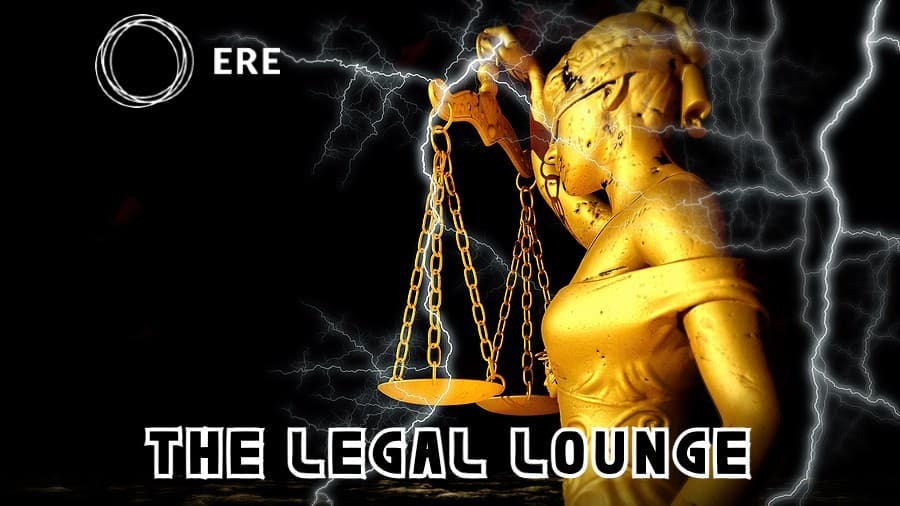I recently got asked this question: “Will having only women and people of color on a slate of candidates violate Title VII?” My quick answer: “Nope.”
Try flipping the question. “Will having only white men on a slate of candidates violate Title VII?” Obviously, the answer here is “no.” If this were against the law, so, so many employers would be in legal trouble because millions (maybe even billions) of slates have been only white men since the enactment of Title VII of the Civil Rights Act of 1964 (56 years ago).
The original question was asked because of the fear of a not-a-real-thing called “reverse discrimination.”
First, reverse discrimination doesn’t exist. If an employer makes a decision because of race (regardless of the actual race), the employer engages in race discrimination. White guys have properly brought race discrimination claims under Title VII.
Second, Title VII comes into play at the moment of selection. When an employer selects a candidate because of their race, they break the law. Now, of course, no organization can advertise for a specific race, gender, age, etc. But organizations are free to seek out women and BIPOC candidates through affinity groups, sourcing, special job boards, and more. In fact, organizations are encouraged to do just that.
Third, the question is rooted in the idea that white (and mainly) men will get upset if the only candidates presented to a hiring manager are women and BIPOC. This is both offensive and silly. Again, employers have had slates of all white, all male candidates for decades. Why would they get upset about a slate that didn’t have a white male on it unless there was some not-so-unconscious bias?
With the increased focus on fostering and encouraging diversity, HR and TA must focus efforts not only to find qualified candidates but also to create the right conditions that allow women and BIPOC to succeed. See if you can answer these questions:
- Have you spoken with or trained hiring managers on implicit bias? You should be training on implicit bias and going through multiple scenarios that allow managers to work with each other to identify biased statements and how to check their own biases. Going through various scenarios will make it easier for managers to hear that bias could be affecting their decision-making and allow them to correct it.
- Have you identified where in your recruiting process bias can impact selection? This is on you, recruiters. Think of the steps you can take — from blind resumes to removing gendered language — that can help remove bias.
- Can each candidate succeed? Whether you’re following the Rooney Rule or simply adding women and BIPOC candidates to slates as an initiative, don’t set up candidates to fail. Recruiters must find candidates who can do the work, not just fill a slot to look good. Contrary to one high-profile CEO, highly qualified candidates from all parts of our society exist.
- Can an employee raise an issue without fear? We now know a lot about psychological safety and its importance in developing successful teams and organizations. A workplace is only safe when an employee can raise an issue, like that a manager might be biased. If people feel safe, women and BIPOC candidates are more likely to succeed and raise concerns themselves.
The answers to these questions form the foundation of whether your workplace is going to succeed in DEI initiatives, whether women and BIPOC can succeed and feel respected, heard, and valued. If an organization is still stuck at “Can the whole slate be women?” then the organization needs professional help.
Click here for more Legal Lounge columns.
Interested in learning more about how your company can hire for diversity without breaking the law? Join Kate Bischoff, Best Buy’s Tequilla Lopez, and CPA Global’s Mary Garcia to experience their session at ERE Digital 2.0, Oct. 20 – 21. Use code EREDIGI20EXTRA10 to receive 10% off your ticket price.
